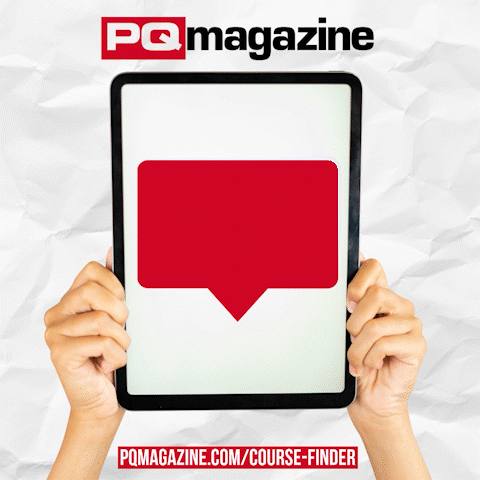March 2022
Our AAT guru Teresa Clarke explains all you need to know about mark-up and margin
Mark-up and margin calculations are essential for your studies for AAT Level 3 Final Accounts Preparation.
Mark-up is on cost and takes the cost figure of 100% and marks UP.
Margin is on sales and take the sales figure of 100% and the margin is withIN this.
So, mark-up goes up from 100% and margin is within 100%.
The best way to look at this is in a table, and you can use this for an exam question, too.
Jas buys units for £250 each and uses mark-up at 25% to set his sales price. Put this into the table first and then calculate the missing figures.
Mark-up
| Cost | 100% | £250.00 |
| Mark-up | 25% | £62.50 |
| Sales price | 125% | £312.50 |
Workings:
£250 cost = 100%
£250 x 25% mark-up = £62.50
Add the mark-up to the cost to find the sales price = £312.50
Janis buys units for £140 each and uses margin at 30% to work out her sales price. Put this into the table first and then calculate the missing figures.
Margin
| Cost | 70% | £140.00 |
| Margin | 30% | £60.00 |
| Sales price | 100% | £200.00 |
Workings:
The sales price represents the 100% but we were given the cost of £140.
£140 divided by 70 = 1%. 1% = £2
Then multiply this up by 30 for the margin = £60. Add these two together to arrive at the sales price.
Remember: The key to answering this question is the table. If you use the table to answer a question, it will make it much clearer.
Whatever number you are given in the question you can calculate the others by finding 1% and then multiplying up.
Let’s look at the maths again in another couple of examples.
Example 1
We are given the mark-up percentage of 40% and told that the sales price is £700. We can use the table to find the cost of the item.
Firstly, we draw up the table for the mark-up at 40%. Cost is 100% and we put in our markup of 40% and then the sales price is 140%.
Mark-up at 40%
| Cost | 100% |
| Mark-up | 40% |
| Sales price | 140% |
Then we can add in the figure that we know.
Mark-up at 40%
| Cost | 100% | |
| Mark-up | 40% | |
| Sales price | 140% | £700 |
In order to find the missing numbers now we take the £700 and divide it by its associated percentage of 140 to find 1%.
700 / 140 = £5
£5 = 1%
Mark-up is 40% so we multiply £5 by 40 to find this figure.
£5 x 40 = £200
The cost is 100% so we multiply £5 by 100 to find this figure.
£5 x 100 = £500
When we put these in the table, we can check the figures:
Mark-up at 40%
| Cost | 100% | £500 |
| Mark-up | 40% | £200 |
| Sales price | 140% | £700 |
Cost plus mark-up = sales price £500 + £200 = £700
Example 2
We are given the sales price of £90 and told that the margin is 18%.
We can put these into a table. Sales price is 100% and remember that margin is all within 100%, so margin is 18% and cost is 82%.
Margin at 18%
| Cost | 82% |
| Margin | 18% |
| Sales price | 100% |
Then we can add the figure we know into the table.
Margin at 18%
| Cost | 82% | |
| Margin | 18% | |
| Sales price | 100% | £90 |
We know that the sales price of £90 represents 100%, so we can divide £90 by 100 to find 1%.
£90 / 100 = 0.90 or 90p
We see that the margin is 18%.
£0.90 x 18 = £16.20 Cost is 82% £0.90 x 82 = £73.80
Now we can put those into the table to check the figures.
Margin at 18%
| Cost | 82% | £73.80 |
| Margin | 18% | £16.20 |
| Sales price | 100% | £90 |
To check the figures: Cost plus margin equals sales price. £73.82 + £16.20 = £90
For more help with mark-up and margin, take a look at my workbook, Incomplete Records, available on Amazon in both paperback and as an eBook – see https://www.amazon.co.uk/dp/B08Y49HFPD
• Teresa Clarke FMAAT



